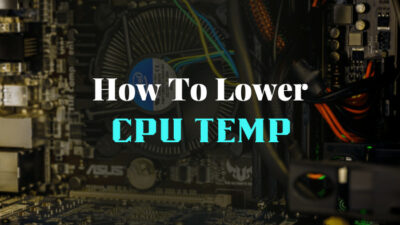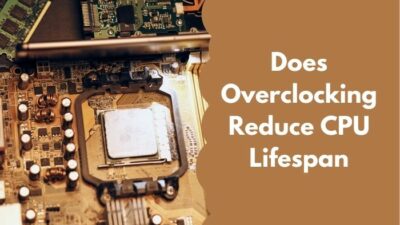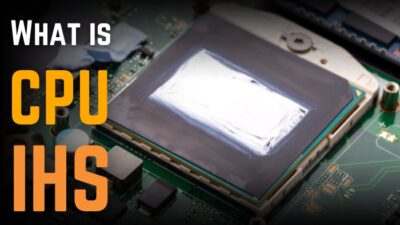The CPU is in charge of processing commands and controlling data flow inside the computer.
With the growing demand for more processing capabilities and faster data transport, it’s essential to comprehend where information is kept and interpreted inside the Processor.

So, in this article, I will clarify where a CPU stores data and how it processes it.
Let’s get started.
Are there Data Holding Areas Inside the CPU?
Yes, the CPU has areas for data storage. A processor register (CPU register) is one of a select group of data storage locations that holds both instructions and data. The cache is another location where the processor stores data and instructions.
CPUs include multiple registers that are limited storage spaces inside the Processor itself. These registers hold information that the Microprocessor is actively working on, and they’re significantly faster than collecting data from primary storage or cache.
A CPU can allow a specific voltage and power on the registers. So registers can store both information and commands and are essential in executable code.
Aside from the register, the Processor has a cache. It is a highly compact and rapid storage area that temporarily keeps information frequently accessed.
The cache serves as a buffer between the CPU and the slower primary storage, enabling the CPU to retrieve commonly used information faster. Cache and register, however, are quite different in the nature of their functionality, though both serve the purpose of storing instruction data.
The arithmetic and logic unit (ALU), which conducts arithmetic and scientific data processing, is another crucial component of the CPU. The ALU processes data in conjunction with the circuits and can execute commands like multiplication, division, and evaluation.
What is CPU Register & How Does it work?
A CPU register is a tiny percentage of storage capability in a PC’s central processing unit. These storage devices contain temporary data and perform mathematical computations. It can also store a command, a storage location, and other instructions.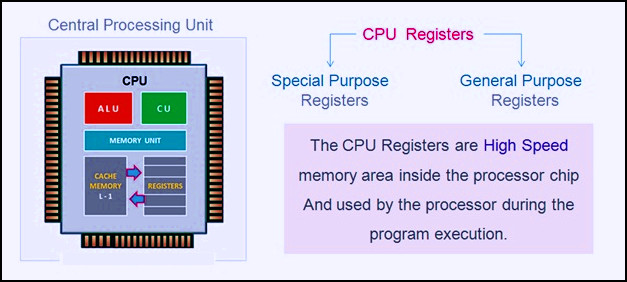
Each register has a specialized purpose, such as saving the present command, keeping the outcome of mathematical operations, or monitoring the program’s current location. Both high-level scripting languages and machine code computing frequently make use of registers.
CPU registers come in varieties, including general-purpose, floating-point, and special-purpose registers. General-purpose registers store frequently used data and can be used for any purpose.
On the other hand, Floating-point registers mainly store floating-point numbers, while special-purpose registers manage the CPU’s functionality.
The Processor utilizes these registers to conduct primary computer functions such as decoding and processing data, conducting mathematical operations, and archiving and retrieving information.
How Many Registers are there in the CPU?
The number of registers in a Microprocessor can vary substantially depending on the CPU’s layout and design. There are floating-point, general-purpose, and special-purpose registers that perform specific tasks for the processor and the system.
For example, In the x86 instruction set, there are eight general-purpose registers (AX, BX, CX, DX, BP, SP, SI, and DI) and various special-purpose registers (CS, DS, SS, ES, IP, and FLAGS).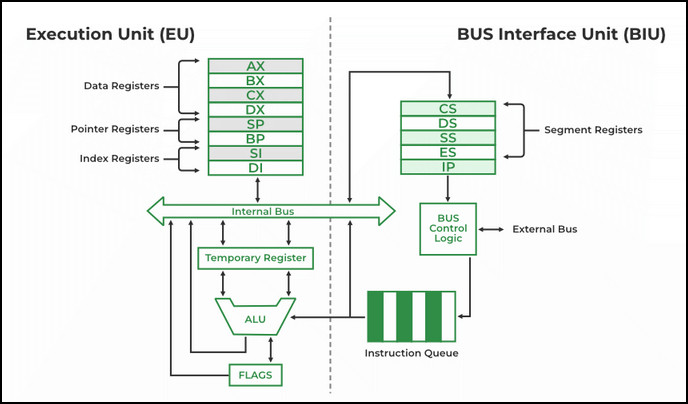 However, the ARM architecture has 31 general-purpose registers (R0 to R30) and various special-purpose registers (APSR, IPSR, EPSR, and SP).
However, the ARM architecture has 31 general-purpose registers (R0 to R30) and various special-purpose registers (APSR, IPSR, EPSR, and SP).
Aside from general-purpose and special-purpose registers, some modern processors also include vector registers or SIMD (Single Instruction Multiple Data) registers. This SIMD enables the microprocessor to execute various tasks at the same time.
What are the Different Types of Memory Register
There are various storage registers, each with its purpose and use. General Purpose Registers, Segment Registers, and Stack Pointer (SP) Register are the standard storage type registers. Each register is intended to hold a specified amount of data for the processor. Which allows the CPU to store instructions.
There are multiple kinds of registers available; know more about them in the section below.
The following are some examples of memory registers:
- General Purpose Registers (GPRs): They are the most common type of storage register. Data storage, mathematical operations, and data storage are all done in this register.
- Index Registers: These are customized GPRs used to store an index object’s memory location.
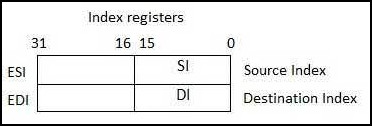
- Program Counter (PC) Register: This variable contains the destination of the following command to be processed.
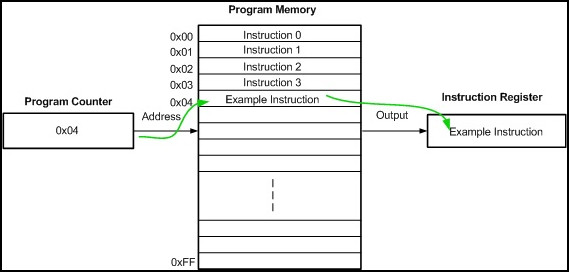
- Segment Registers: These registers control the processor’s memory access and hold the beginning location of a memory segment.
- Address Registers: These registers store the memory location of an element or data.
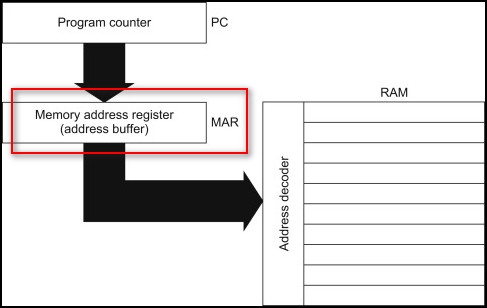
- Status Register: Status Register contains real-time updates such as operation results and interrupted flags.
- Floating Point Registers: These customized GPRs are used to store floating point numbers.

- Vector Registers: These particular GPRs are employed to hold arrays of numbers for usage in vector and matrix computations.
- Program Counter (PC) Register: This variable contains the location of the following command to be issued.
- Stack Pointer (SP) Register: Stack Pointer (SP) Register maintains the top of the stack’s physical memory. This register performs subroutine operations and returns from sub-processes.
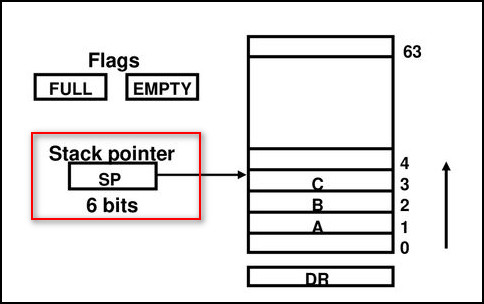
You see, all of these create different sorts of stacks for the CPU to exploit and make the processing even more efficient.
Conclusion
Cache, registers, and ALU all play significant roles in CPU efficiency and overall system processing capabilities. Understanding the various data holding locations inside the Processor can aid in optimizing their use for optimal performance.
If you have any questions or feedback about this topic, just drop your comments in the section below.

